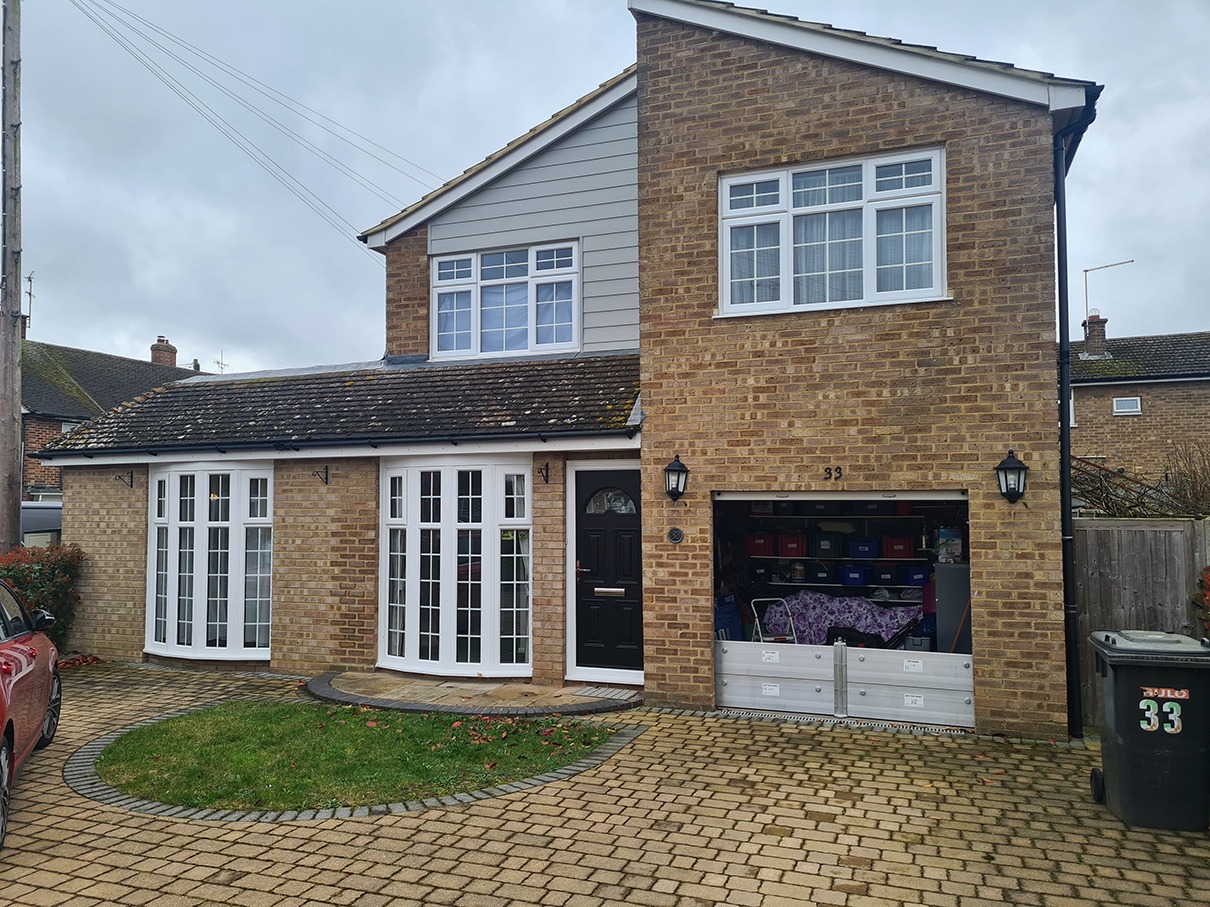“Please Don’t Make It Worse”: PRESS RELEASE
Flood Resilience Campaigner Calls for a New Code of Community Kindness During Flood Events

But with only 15 years left to run, is it losing its effectiveness? Generally, the lifetime of a mortgage is around 30 years and banks are now looking into the future and realising that post-2039, flood insurance may not be widely available. After all, no flood insurance for a property means no mortgage for that property.
Add to that, if people do flood and have to fund the repairs, they run the risk of defaulting on their mortgage repayments, so banks, are of course financially planning for a future when Flood Re is no longer here.
To me, it feels as though this new situation is kicking people when they are down: many homeowners who flooded over winter are still not back in their homes while insurance claims and repairs are completed, and the cost of living continues to bite. Hearing this latest news may be a cause for further alarm.
Data from the Office for National Statistics (ONS) confirms that 28% of homes in England are mortgaged. If you then consider that approximately 5.7 million homes are at risk of flooding, the scale of potential displacement and financial strain could be wide reaching.
The existence of Flood Re is crucial in ensuring homeowners can continue to access appropriate flood insurances. It is enshrined in law that Flood Re, as it stands, has to exit the market in 2039 so time is pressing.
In 2022, Flood Re launched its Build Back Better scheme, which financially supports newly flooded people with up to £10,000 on top of an insurance claim. This can be used on property flood resilience measures to help make their homes recover more quickly from a flood in the future. Policy holders can install flood barriers, self-closing airbricks, flood doors etc or use materials such as plastic flooding, waterproof plaster, and raise plug sockets.
Ideally when a flood comes in the future, having incorporated recoverable repairs, it should either significantly reduce any insurance claim or, the best-case scenario, there’ll be no claim at all.
The hope is that once Flood Re exits the market, people will be able to access flood insurance through a risk-reflective priced market, however I have doubts that this will happen in reality. Particularly when you take into account the increasing effects of climate change (which are biting us sooner than many expected) and more regular occurrences of flooding (including in places that haven’t seen floods before).
It is important that we plan now for a Flood Re ‘v2’. As an industry, we must also expedite the development and implementation of Flood Performance Certificates to empower individuals to manage their flood risk, using Property Flood Resilience measures (which a ‘Flood Re v2’ could potentially factor into its eligibility criteria).
The latest decision by Nationwide has far-reaching implications. It not only exacerbates the financial burden on homeowners already grappling with the aftermath of floods but also threatens to disrupt the housing market at large.
If this trend persists, mortgages for those at flood risk could become unaffordable, stifling homeownership opportunities and further exacerbating inequality.
We must act decisively to address this issue. From the Government’s perspective, an increase in flood defence budgets is drastically needed for both new and to maintain existing infrastructure.
From the industry’s perspective, time is running out and we must rally together to consider all options to help make our communities far more flood resilient for the future. We cannot allow those facing ever-increasing risk to be left stranded, in deep water without a paddle.
Copyright 2024, Mary Long-Dhonau